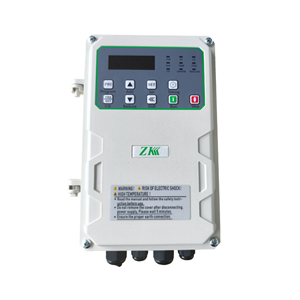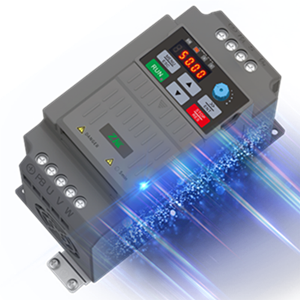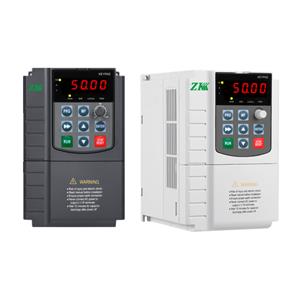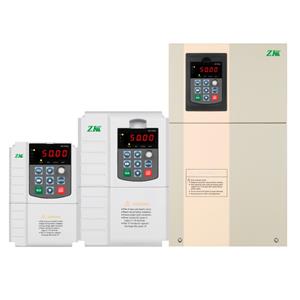Intelligent frequency conversion revolutionizes solar water pumps
With the growing global demand for clean energy and sustainable agriculture, solar water pumping systems are rapidly becoming an ideal solution for irrigation in arid areas and for off-grid farmland. Frequency Converters are playing a vital role in this green revolution, revolutionizing the way traditional solar water pumps operate and bringing their efficiency, reliability, and intelligence to unprecedented levels.
Traditional solar water pumping systems are driven directly by photovoltaic panels, and their output power is completely dependent on sunlight intensity. This results in unstable pump speeds, leading to sharp drops in water flow or even shutdowns in the early morning and evening, or when obscured by cloud cover, making it impossible to guarantee continuous water supply. Furthermore, the high inrush current generated when the motor is directly started can easily damage the equipment.
The introduction of a frequency converter (VFD) perfectly solves these problems. As the "intelligent brain" of the system, the VFD uses maximum power point tracking (MPPT) technology to adjust the motor's frequency and voltage in real time, ensuring the PV array delivers maximum power under all lighting conditions.
Four revolutionary advantages offered by VFDs:
1. Significantly Improved Efficiency and Water Output: The MPPT function can increase solar energy utilization by up to 30%, ensuring efficient operation even in low-light conditions and significantly increasing total daily water withdrawal.
2. Soft Start and Stop Protect Equipment: This eliminates inrush current during startup, reducing mechanical and electrical stress on pumps, motors, and pipes, lowering failure rates and maintenance costs.
3. Enables Fully Automatic and Unattended Operation: Modern VFDs can easily integrate intelligent controllers and sensors. The system can automatically start and stop based on sunlight intensity and, by interacting with water level sensors, flow meters, or soil moisture sensors, implement precise irrigation modes such as on-demand and constant-pressure water supply, significantly reducing labor.
4. Enhanced System Reliability and Adaptability: Even in rapidly changing light conditions (such as passing clouds), the VFD's internal DC bus capacitors store energy to smooth power fluctuations, avoid frequent pump starts and stops, and ensure continuous and stable operation.
Broad Application Prospects, Contributing to Global Sustainable Development
Currently, this technology has been widely used in agricultural irrigation, desertification control, grassland animal husbandry, domestic water supply, and urban waterscapes. In regions with abundant solar resources but limited grid coverage, such as Africa, the Middle East, Asia, and South America, smart solar water pumping systems equipped with inverters are becoming critical infrastructure for ensuring food security and promoting community development.
With the integration of Internet of Things (IoT) technologies, future solar water pumping systems will use inverters as gateways to enable remote monitoring, data analysis, and predictive maintenance, making a greater contribution to global water resource management and sustainable agricultural development.




